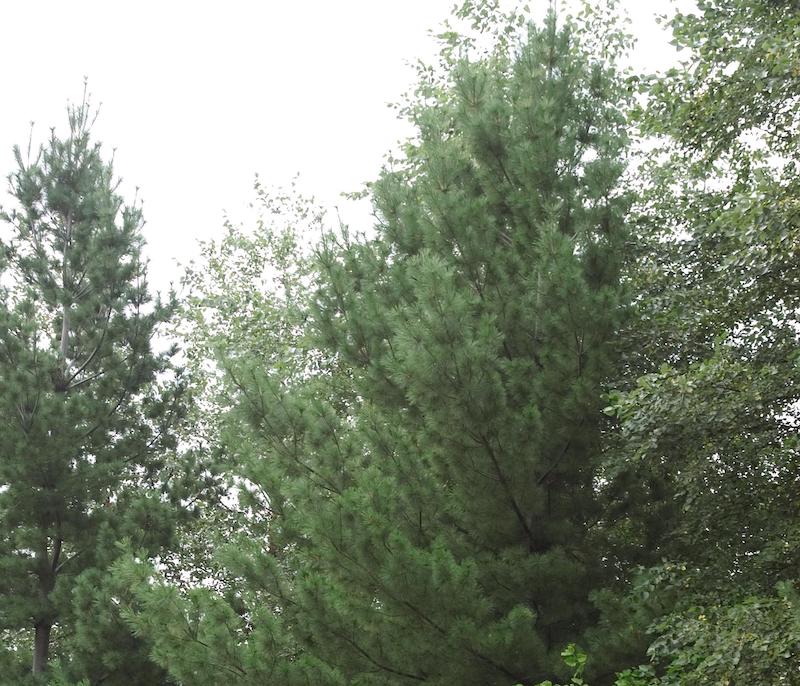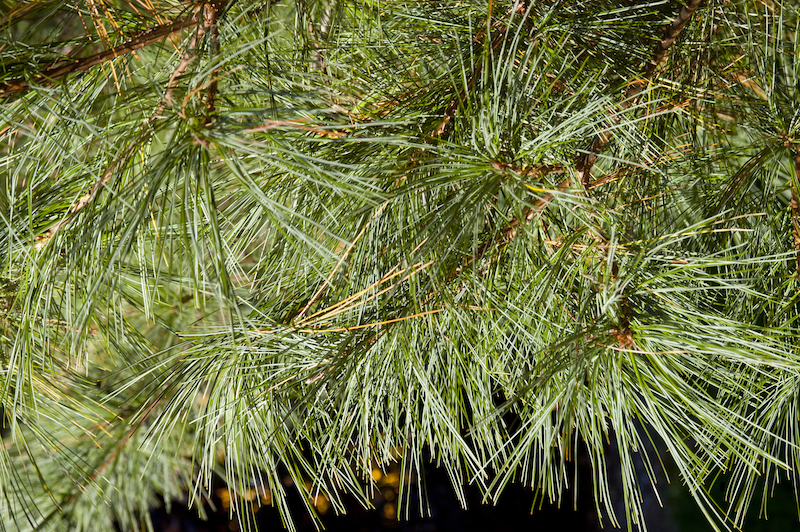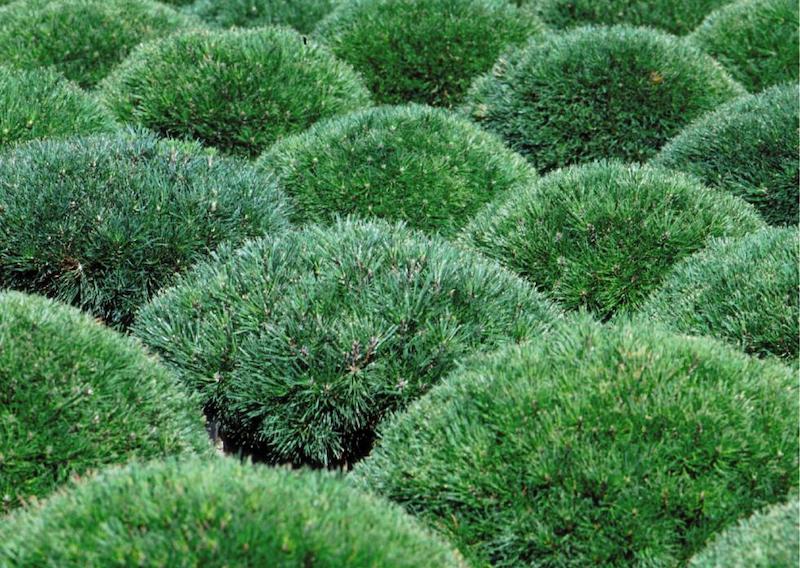Growing Pine Trees
Pine trees, or conifers, are evergreen trees that are easy to take care of and require minimal maintenance once acclimated. Conifers have needles for foliage that can be long and narrow or short and thick, depending on the cultivar. Pine trees can stand a few feet tall or over 100 feet tall, again, depending on the tree type. These cold-hardy trees retain their foliage all year and add greenery to a winter landscape. Some varieties produce cones that contain seeds and offer additional color and texture.

Planting Pine Trees
Pine trees thrive in full sun and rich soil that is well-drained. When planting the tree, position the top of the root ball even with the surrounding ground. Mulch the planting site with wood chips or compost to provide nutrients, moisture retention, and weed suppression.
Consider the size of the mature tree when planting a pine. White Pines, for instance, can grow very tall, while Black Pines and Sugar Pines are wide at the bottom, so select a location that can accommodate a full-size tree. Plant the tree far enough away from other trees and plants or buildings, and clear of power lines to avoid headaches in the future.
Watering Pine Trees
Newly planted pine trees need water for the first growing season every few days. During the first year, the soil should be moist but never soggy. Established pine trees are very drought tolerant and will seldom need water. Monitor the tree during a drought and water if the plant shows signs of water stress.
Fertilizing Pine Trees
Newly planted pine trees should not be fertilized. Pine trees are not heavy feeders but you can fertilize the tree in the spring using balanced plant food. A slow-release formula will continue to support new growth throughout the summer.
Pruning Pine Trees
Remove dead or damaged growth from a pine tree at any time. Pine trees have an excellent natural form and seldom need to be shaped. Some pine tree cultivars, like Mugo Pines trees, can be trimmed by pinching back the new growth tips called candles in the spring to maintain the desired shape. The timing will vary, but in most instances, it is best to prune pine trees during active growth and avoid trimming late in the season before the cuts have time to heal over before winter.

Caring For Pine Trees in Pots
Pine trees can grow in pots, but they will require more care and attention than plants in the ground. The ideal candidate for a container will be a smaller variety that will not get very tall. Large cultivars can spend a few growing seasons in a container before being transplanted to a permanent home in the ground. Select a large container that has drainage holes, and water the tree when the top couple inches of soil are dry.
Winter Care for Pine Trees
Pine trees are cold hardy and can handle typical winter weather. New trees that are still settling in may benefit from some winter care. Heavy snow can weigh down branches, and high winds and sun can dry out the foliage, damaging a new tree. For the first couple of years, it may be helpful to wrap your pine tree in landscape fabric to protect it against winter weather. Established trees will not typically require winter care.
Have a question about Pine Trees? Fill out the form below and we will try and get back to your question as soon as possible. We may even feature your question in this article to help other gardeners!
 |
Author Alison Cotsonas - Published 01-13-2023 |

